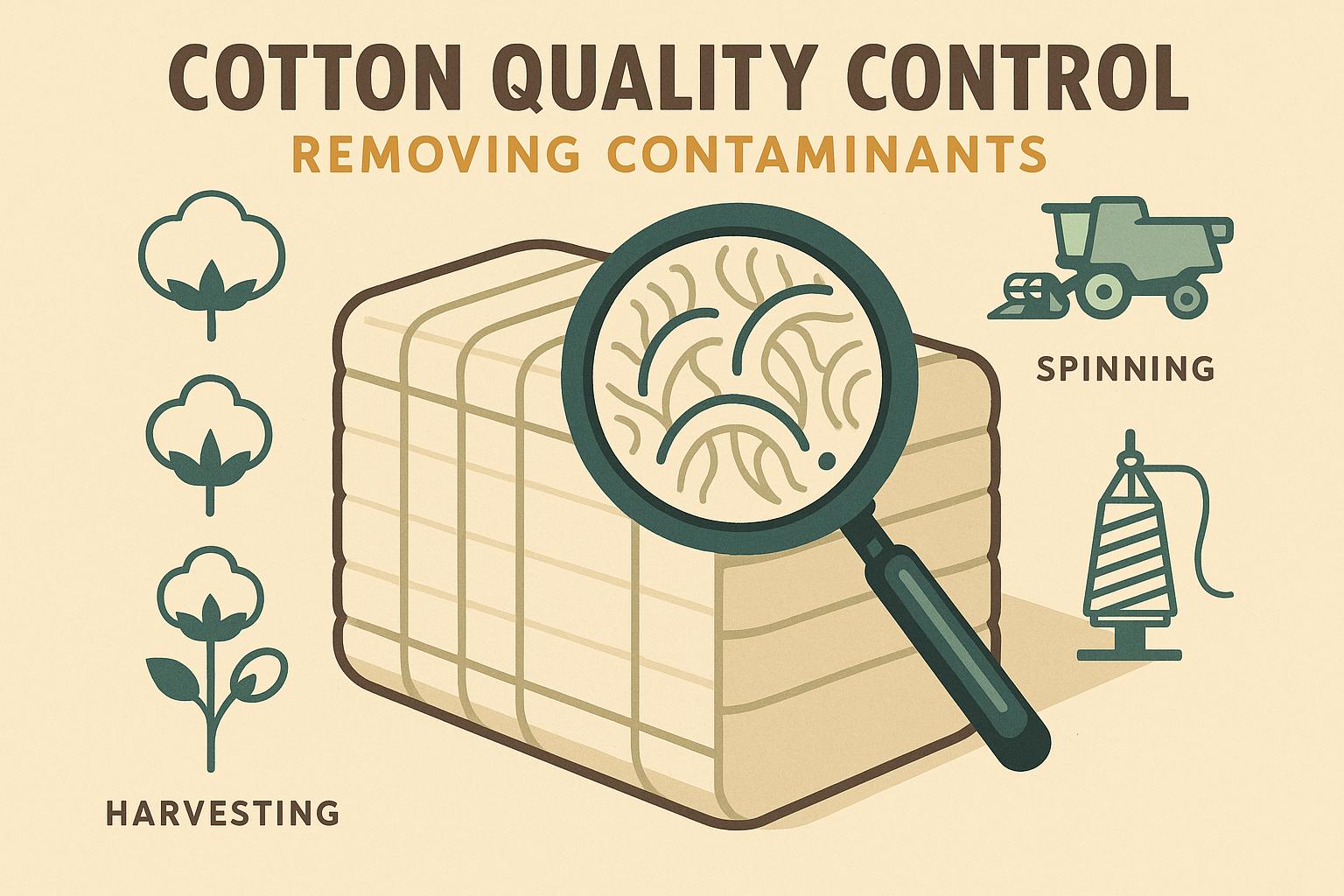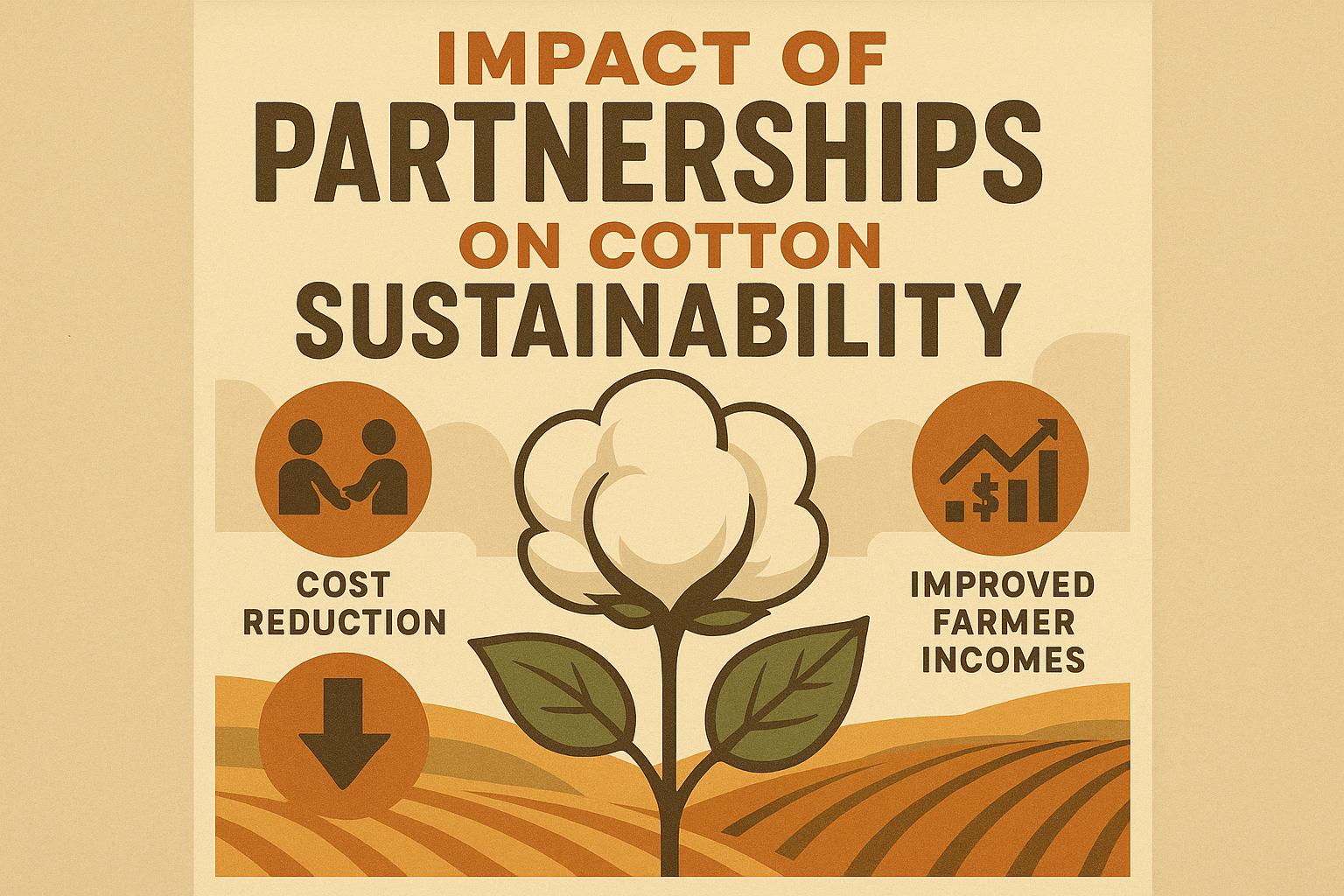Cotton salinity management emerges as a critical practice for growers grappling with salt buildup in irrigated fields, where excess sodium can stunt root development, reduce boll set, and slash yields by 15-30% in moderate cases, particularly in arid Southwest basins or over-pumped Delta aquifers. For experienced producers optimizing variable-rate amendments across thousands of acres, effective cotton salinity management fuses tolerant hybrids, leaching protocols, and gypsum applications to reclaim productivity, sustaining outputs at 1,100-1,400 pounds per acre amid rising EC levels above 2 dS/m. Unlike nutrient deficiencies that manifest uniformly, salinity stress presents patchily with chlorotic margins and tip burn, often exacerbating osmotic imbalances during squaring when VPD spikes, necessitating vigilant cotton salinity management to preserve fiber length and minimize gin discounts. In global hotspots where irrigation draws from saline sources, these cotton salinity management tactics not only mitigate ion toxicity but bolster soil structure, curbing erosion in no-till systems for long-term viability. This guide explores diagnostic thresholds, remedial inputs, and integrated approaches grounded in extension research, arming veterans to counteract accumulation while conserving resources. Link to our efficient irrigation strategies for cotton farming post for complementary water efficiency in saline-prone setups.
Unraveling Salinity Dynamics in Cotton Soils
Cotton salinity management demands insight into how salts accumulate, primarily via irrigation water exceeding 0.7 dS/m or capillary rise in clay-loams, elevating root-zone EC to 4-6 dS/m where Na+ displaces Ca2+ on exchange sites, collapsing aggregates and impeding infiltration by 20-40% per studies. In calcareous Mid-South profiles, bicarbonate synergies amplify pH shifts, fostering micronutrient lockup like Zn deficiencies that mimic salinity.
Regional profiles vary: Southwest evaporation concentrates residues, pushing thresholds to 8 dS/m in Pima; Southeast leaching mitigates but groundwater salinization looms. Fertility excesses (P>50 ppm) exacerbate via osmotic draw. Mapping via EM38 surveys quantifies hotspots—EC>3 dS/m warrants intervention. These dynamics inform cotton salinity management, averting chronic declines.
Diagnostic Tools for Detecting Salinity Stress
Precise diagnostics drive cotton salinity management, spotting thresholds before visible necrosis at V3-V5, where leaf Na>0.5% signals onset per benchmarks. Soil sampling grids (0-12 inches) via saturated paste extract reveal ECe>2 dS/m as action levels, with SAR>13 indicating sodic risks.
Plant sap tests gauge uptake imbalances; remote sensing NDVI flags stressed patches, correlating 75-85% with salinity gradients. Water analysis pre-season (TDS>500 ppm) forecasts buildup. In mixed rotations, bioassays with indicators like alfalfa quantify tolerance. These tools in cotton salinity management enable zonal responses, recovering 10-20% boll retention.
Selecting Salinity-Tolerant Cotton Varieties
Varietal resilience anchors cotton salinity management, favoring lines with osmotic adjustment traits that sustain turgor under stress, boosting yields 15-25% in trials. Screen extension data: DP 1820 B3XF tolerates EC>5 dS/m, yielding edges over standards.
Multi-gene stacks enhance exclusion; rotate to prevent adaptations—tolerance erodes post 4-6 cycles. Complement with Bt for pest synergies; seed treatments like fluopyram add vigor. For uplands, PHY 400 W3FE curbs wilt complexes. Breeder progress tailors cotton salinity management to gradients.
Leaching and Drainage Tactics for Salt Removal
Leaching protocols flush accumulations in cotton salinity management, applying 6-12 inches of excess water pre-plant to drop EC 30-50% in sands, less in clays, requiring subsurface drains at 40-60 inches to curb water tables. Deficit irrigation tempers buildup; pulse applications enhance efficiency.
Tile systems (spacing 50-100 feet) facilitate outflow, recapturing for reuse. In furrow setups, alternate wetting minimizes surface crusting. Monitor via lysimeters for LR>0.2. These in cotton salinity management reclaim profiles, slashing amendments 20-30%.
Soil Amendments: Gypsum and Organic Matter for Reclamation
Amendments rehabilitate in cotton salinity management, with gypsum (CaSO4 at 2-5 tons/acre) displacing Na, improving flocculation and percolation 25-40%. Band applications target roots; sulfur acidifies for bicarbonate fixes.
OM via compost (10 tons/acre) buffers toxicity, fostering microbes that degrade salts. Biochar enhances CEC, binding ions. For sodics, elemental S (1 ton/acre) lowers pH over seasons. Assay post-application for adjustments. These in cotton salinity management restore tilth, uplifting micronaire.
Irrigation Water Management to Prevent Salinity Buildup
Source optimization curtails inputs in cotton salinity management, blending saline wells with freshwater to cap EC<1 dS/m, or desal via RO for high-value Pima. Sensor-guided scheduling maintains LF>15%, preventing concentration.
Drip systems minimize evaporation losses 20-30%; variable-rate pivots zone low-EC applications to hotspots. Rain harvesting dilutes; ET models (0.2-0.3 inches/day) fine-tune. In deficit regimes, alternate furrows conserve. These tactics in cotton salinity management sustain quality, trimming leaching needs.
Cultural Practices: Rotations and Covers for Mitigation
Cultural shifts alleviate in cotton salinity management, rotating with sorghum or barley to extract salts, dropping EC 20-40% over cycles—avoid legumes sensitive to Na. Covers like rye scavenge residues, enhancing drainage.
Mulching conserves moisture, diluting concentrations; density reductions (60,000/acre) ease stress. Balanced fertility avoids excesses. These low-input methods in cotton salinity management build tolerance, cutting chemicals.
Integrated Approaches: Combining Tactics for Resilience
Holistic IPM-like fusion maximizes cotton salinity management, stacking tolerants with gypsum and leaching—e.g., drip on amended sands yields 15-25% advantages. GIS zones variable practices, saving 10-20% water.
Models ROI: Integrated nets $50-100/acre. Extension adapts: Southwest drainage, Mid-South amendments. Annual assays guide. This in cotton salinity management upholds 1,000+ lb/acre with 30% resource savings.
Monitoring and Adaptive Strategies for Long-Term Control
Surveillance refines cotton salinity management, using apps to correlate EC with weather for predictions. Fall sampling tracks trends; >4 dS/m prompts covers. Records enable tweaks in cotton salinity management.
Economic Evaluation of Salinity Management Investments
Cost-benefit steers cotton salinity management: Assays $15/acre offset 200-300 lb losses. Tolerants premium $20/acre, recouped via 10-15% uplifts. Gypsum $100-200/acre; drainage $500-1,000/acre initial, netting $150-400.
| Strategy | Cost Estimate | Benefits | Yield Impact |
|---|---|---|---|
| Diagnostics | $15-25/acre | Threshold ID | Informed |
| Tolerant Varieties | $20-30/acre | Stress buffer | +10-15% |
| Leaching/Drainage | $50-100/acre | Salt flush | +15-25% |
| Amendments | $100-200/acre | Structure fix | Stable |
| Integrated | $150-300/acre | Comprehensive | +20-30% |
Prioritize per severity in cotton salinity management.
Regional Variations and Overcoming Challenges
Customize cotton salinity management: Arid Southwest emphasizes RO and tiles; humid Southeast focuses on rotations. Barriers like variable efficacy? Stacks resolve. Costs? Grants aid. Labor for monitoring; tech automates.
Solutions ensure success.
Innovations in Salinity-Resistant Cotton Production
Genomics breeds exclusion traits; sensors map real-time EC, optimizing inputs. Nano-amendments enhance efficiency.
These advance cotton salinity management.
In summary, strategic cotton salinity management protects margins through integration. Diagnose early, amend proactively, irrigate wisely, and adapt regionally. Assess economics yearly. Link to our improving soil health in cotton farming post for broader remediation ties. What's your salinity tactic?


